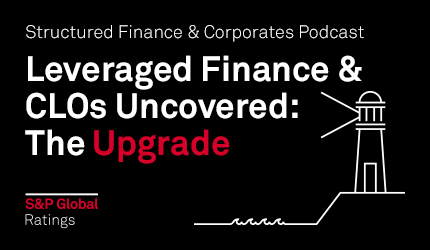In this discussion, Minesh Patel, the US sector lead of Leveraged Finance at S&P Global Ratings, teams up with the Director of Leveraged Finance, Hanna Zhang, to explore the key insights presented in Hanna's latest commentary, titled "U.S. Leveraged Finance Q1 2023 Update: Ch-Ch-Ch-Changes -- Material Shifts In Key Credit Stats Drove Downgrades To 'B-' And 'CCC', And Upgrades To 'B-'."
Key takeaways from the article include:
- Within 12 months leading to a rating action, higher debt service costs and slower profit growth were often the leading factors in downgrades to 'B-' and the 'CCC' category (CCC+/CCC/CCC-).
- Median leverage for companies downgraded to the 'CCC' category rose to 15.5x as EBITDA all but dried up. It was 8x for entities rated 'B-'.
- About 21% of 'B-' rated borrowers had EBITDA interest coverage of less than 1x in the 12 months ended on March 31, 2023.
- We estimate that roughly 37% of 'B' rated issuers employ interest rate hedges. Interest rate sensitivity for 'B-' rated companies is much higher, with roughly 19% employing hedges and 90% floating-rate debt exposure
- Speculative-grade borrowers may be returning to cash preservation, but 2022 was loaded with shareholder rewards and heavy working capital investment for companies rated 'B+' and higher.
- Issues with recovery expectations within the 50%-70% range account for two-thirds of total new issuance in the first quarter of 2023, although average recovery expectations remain near the low end of the post-2017 average.
View related article:


